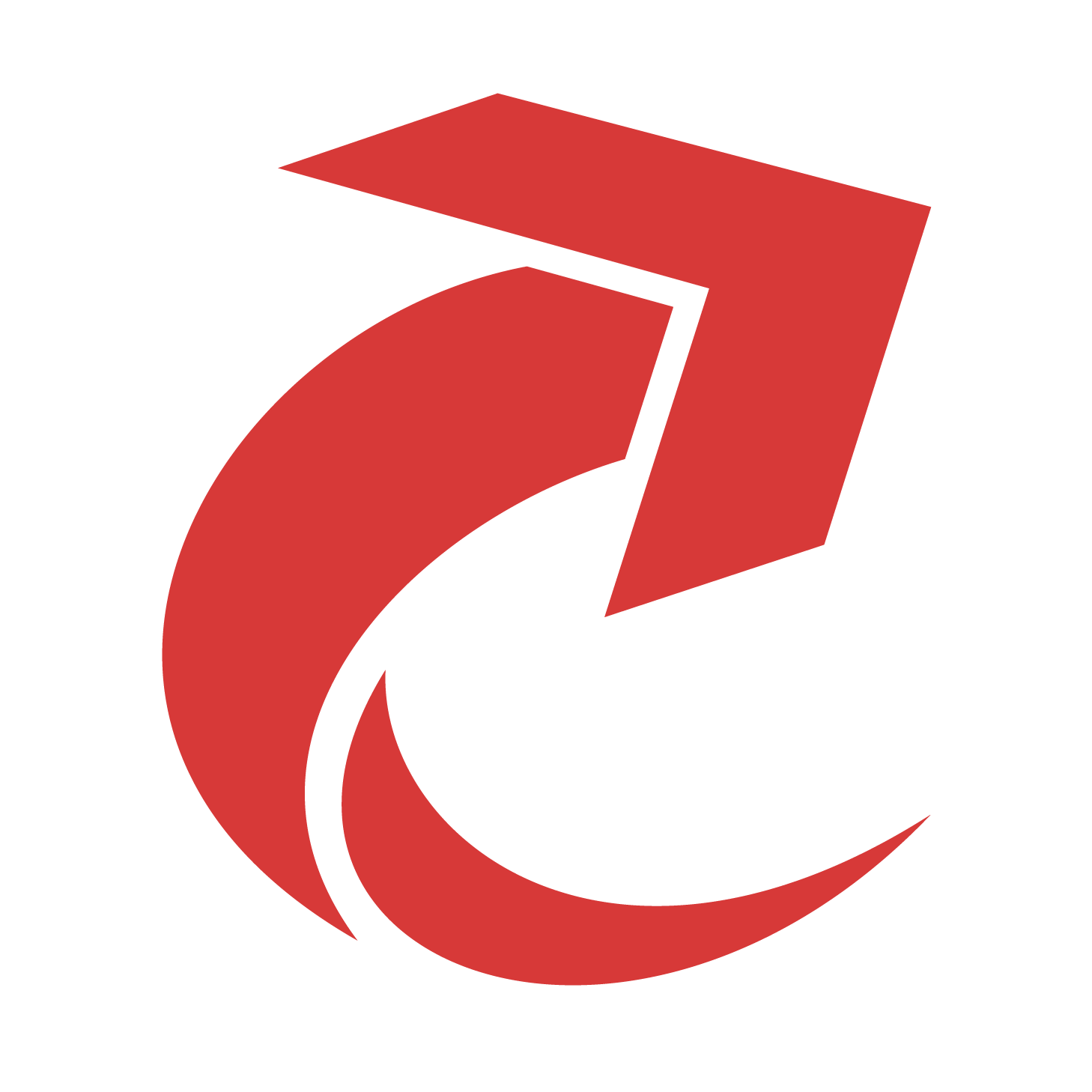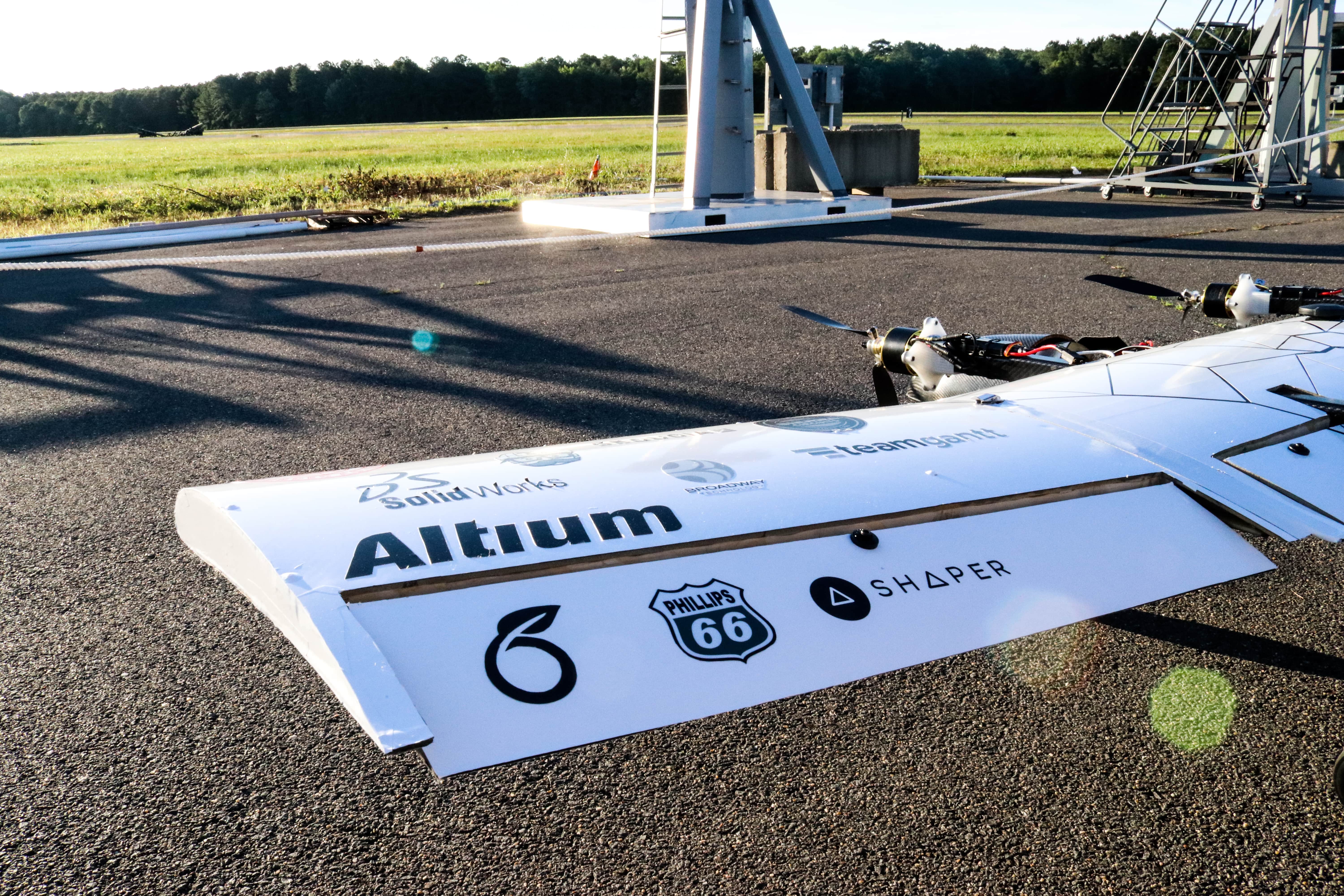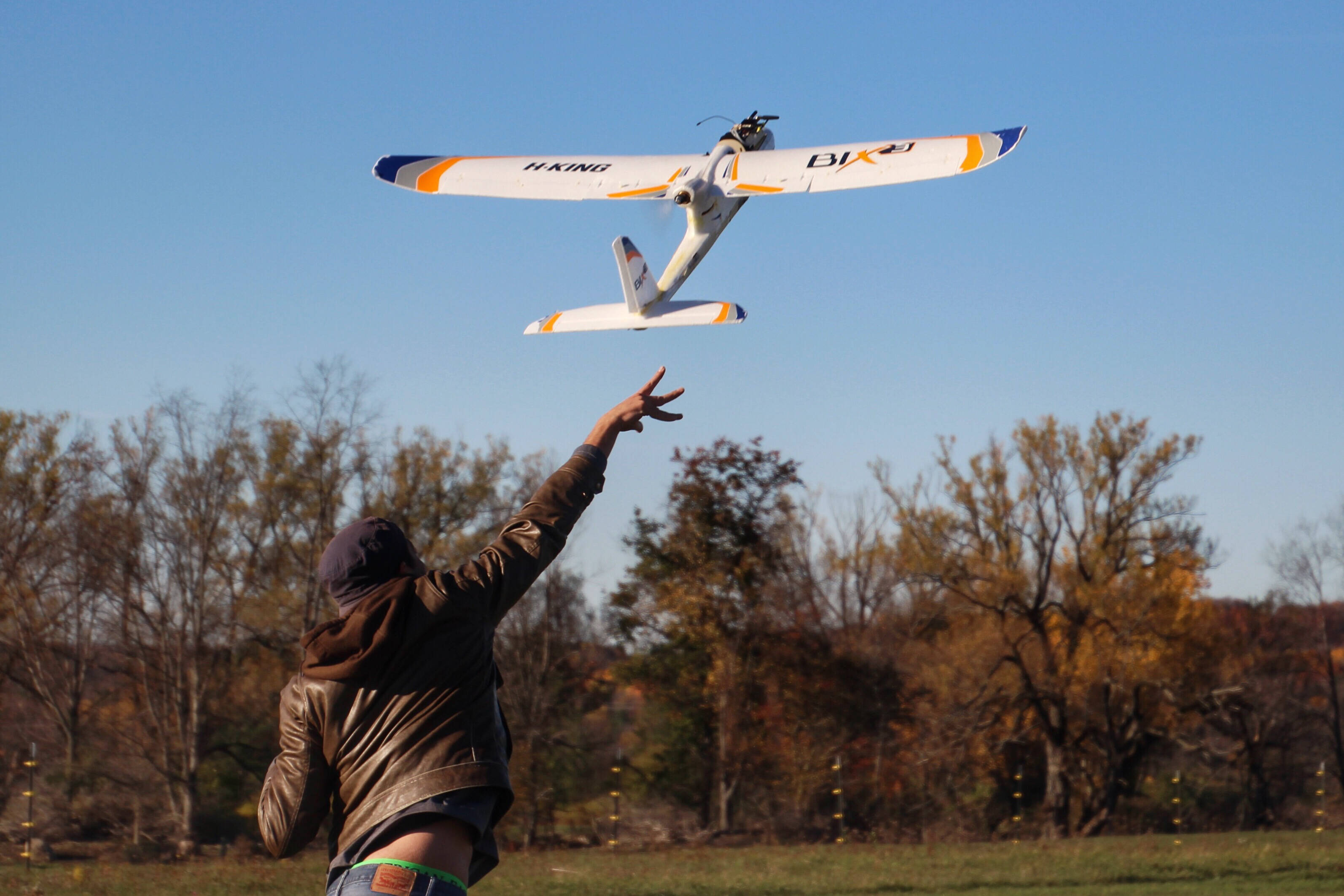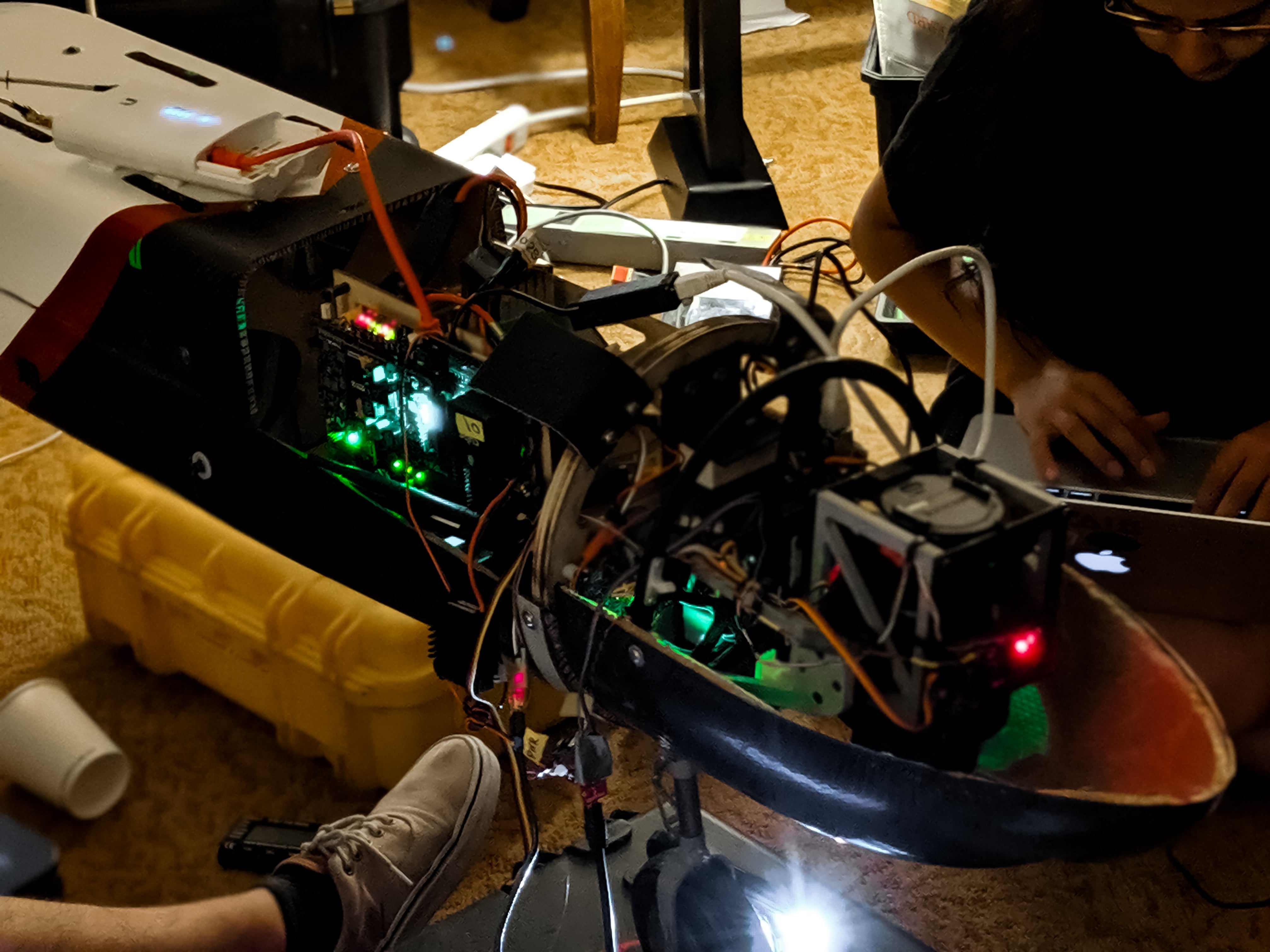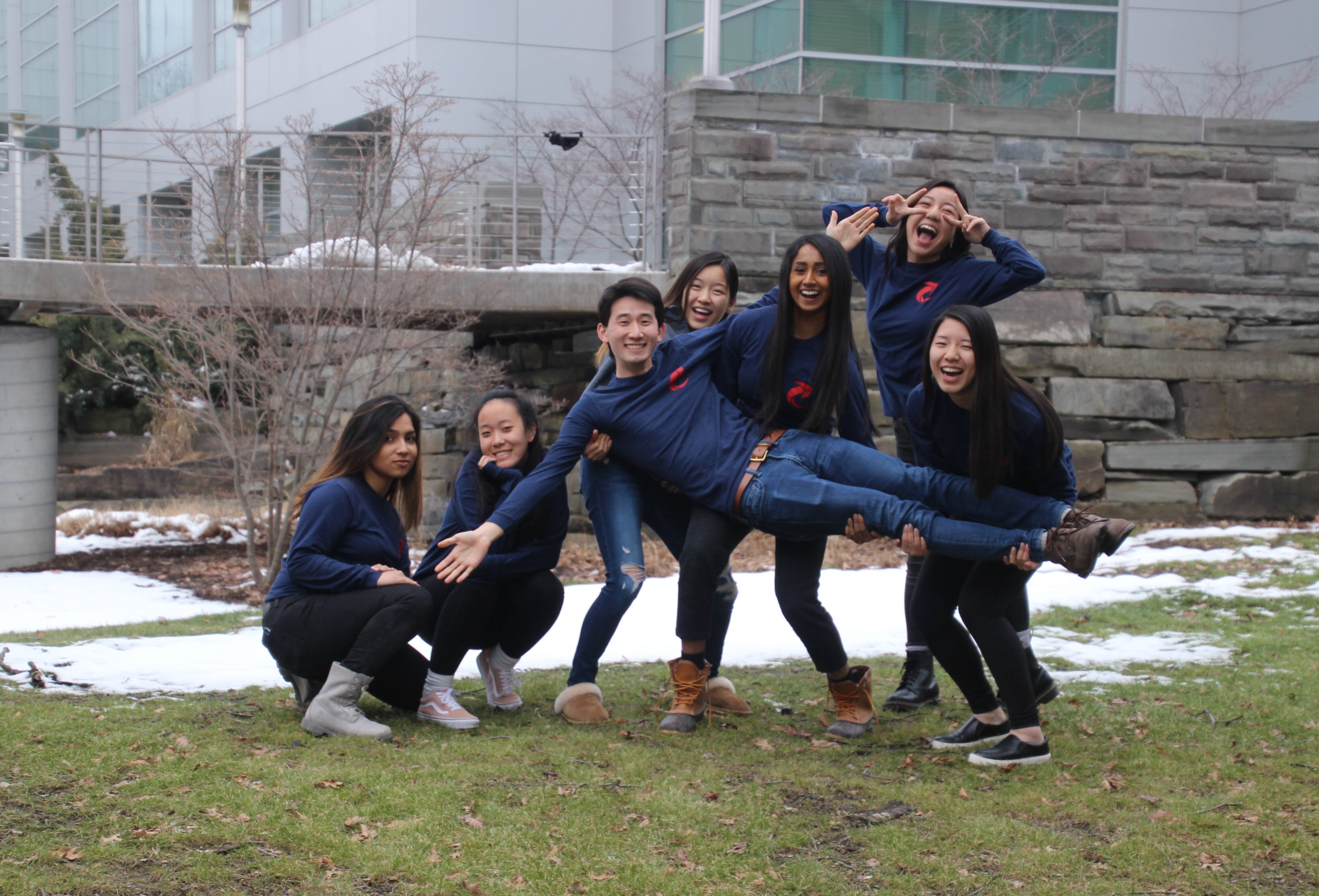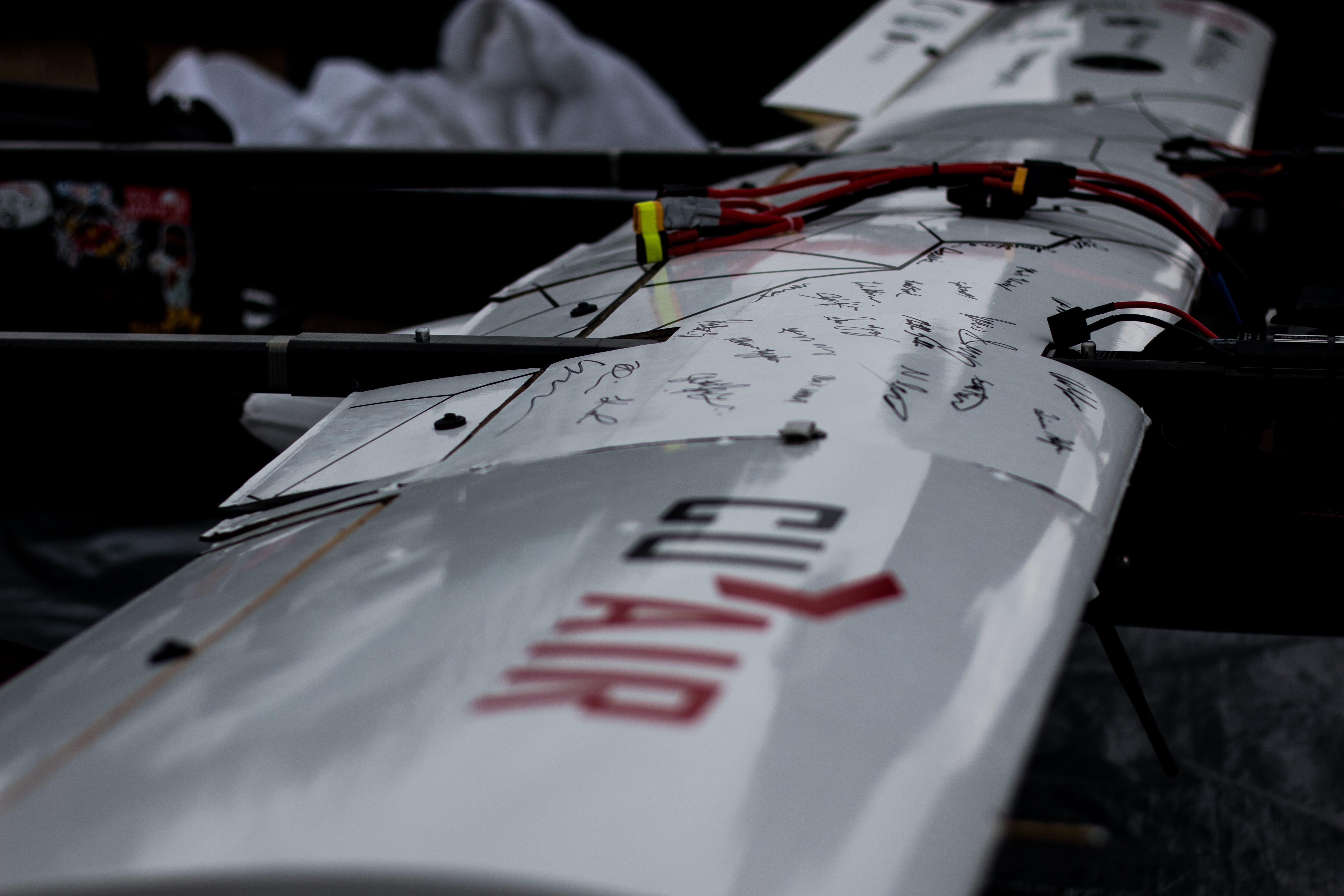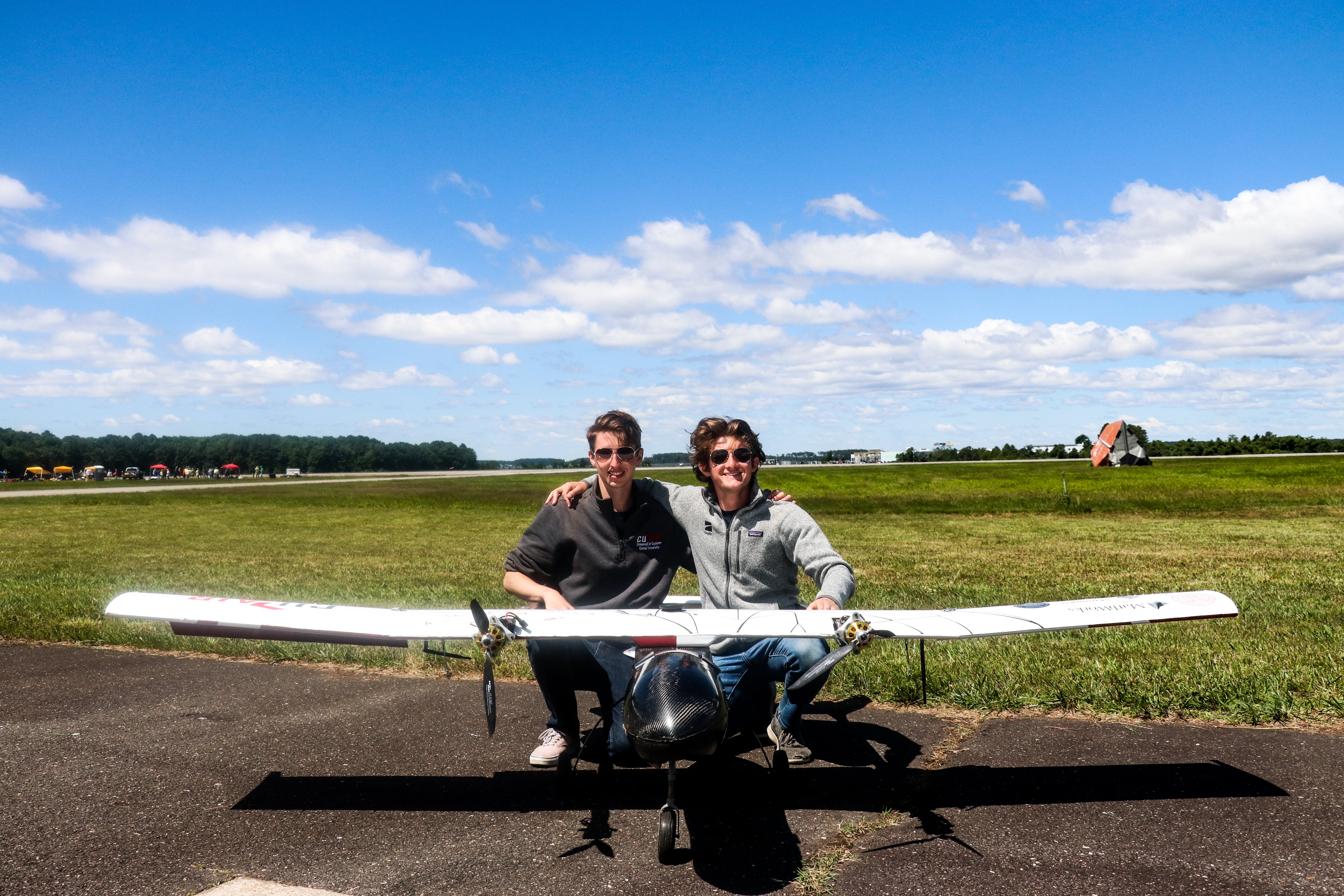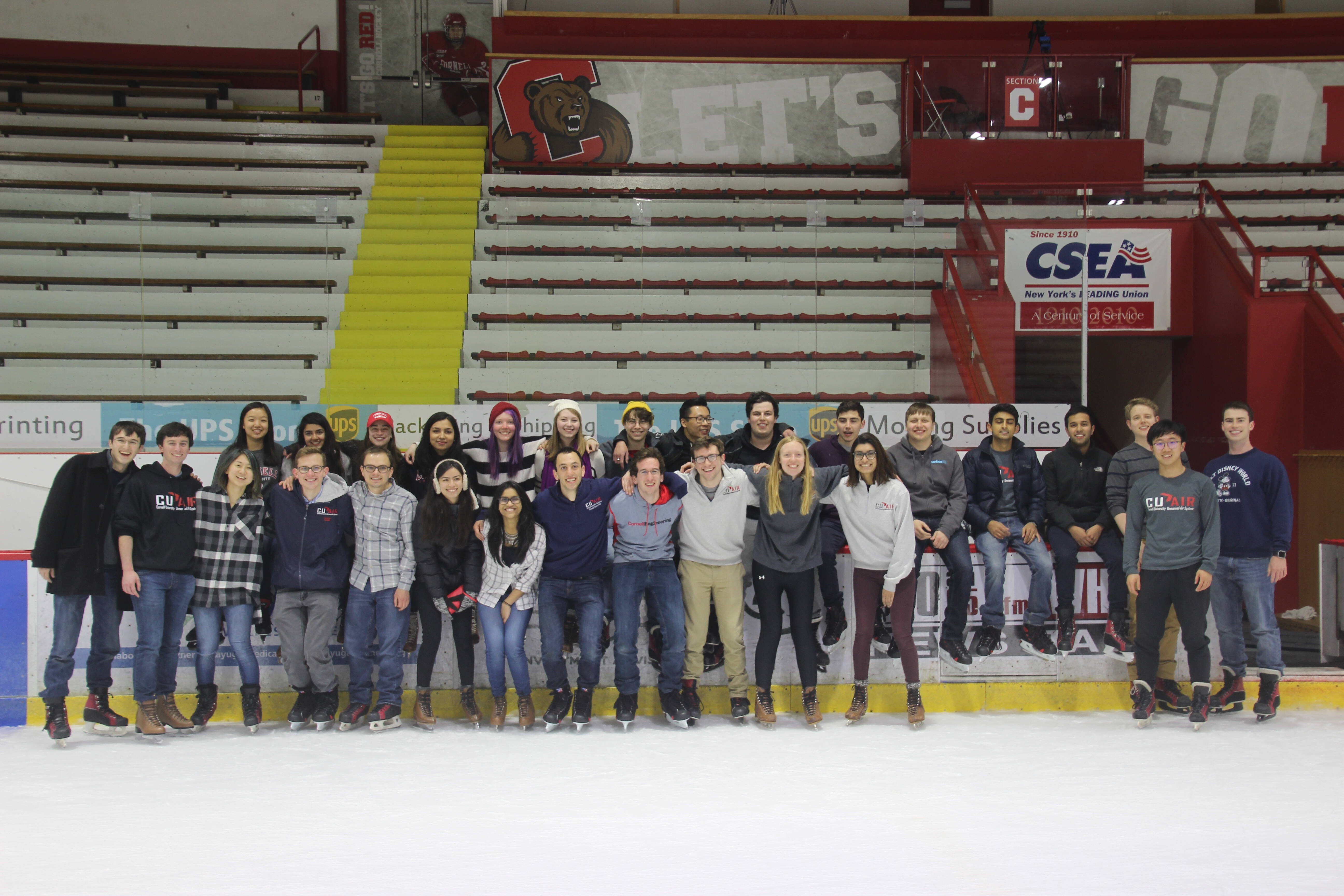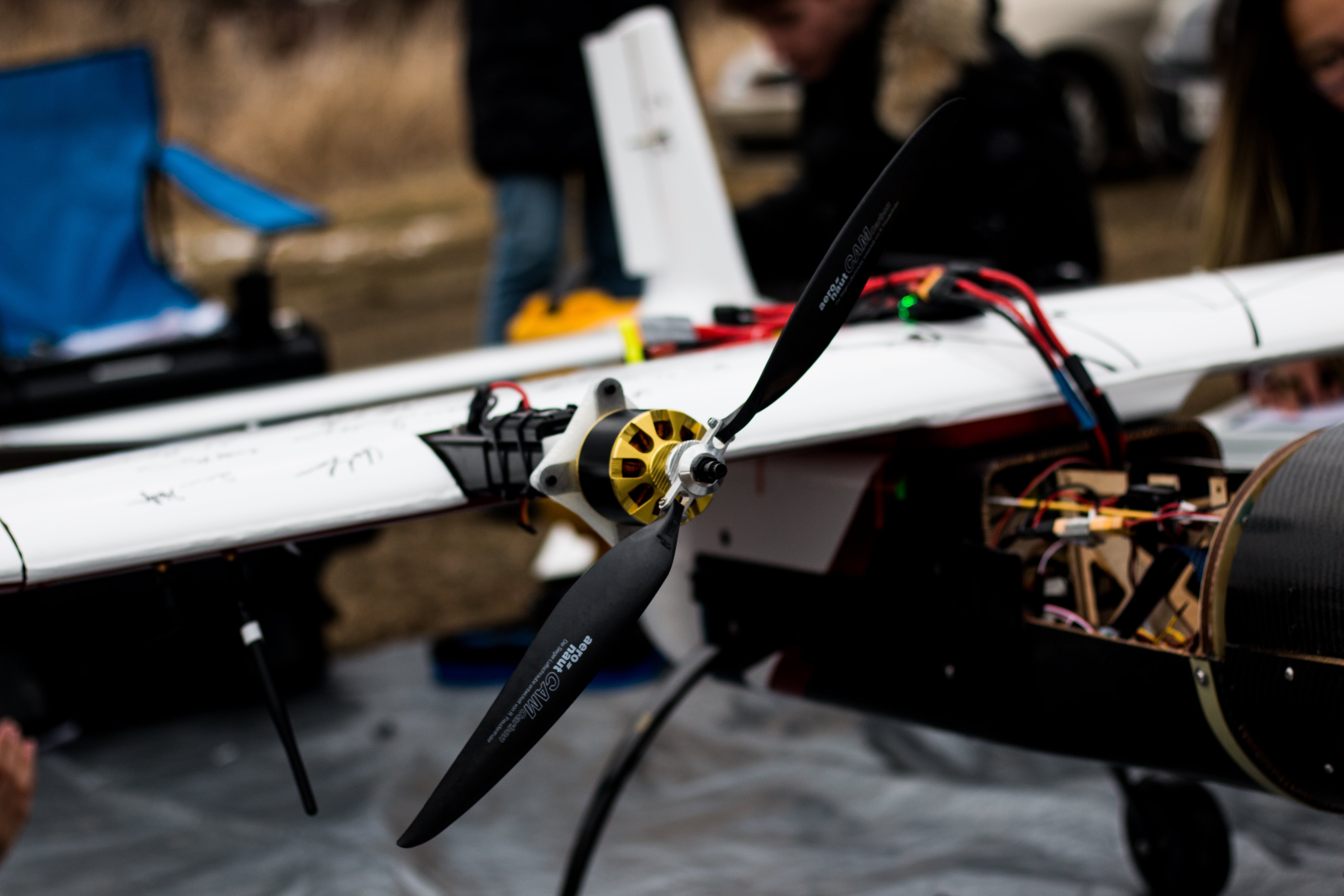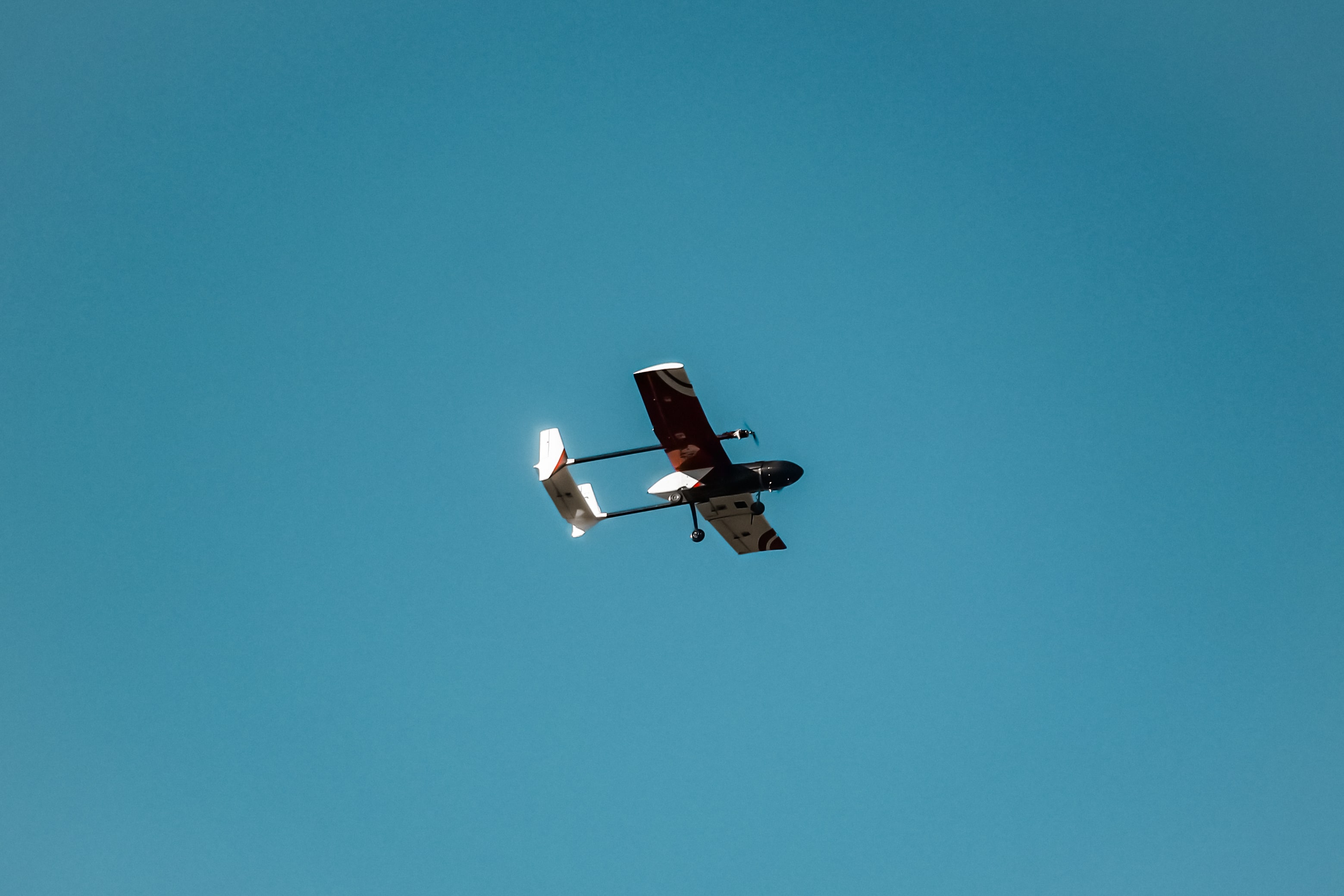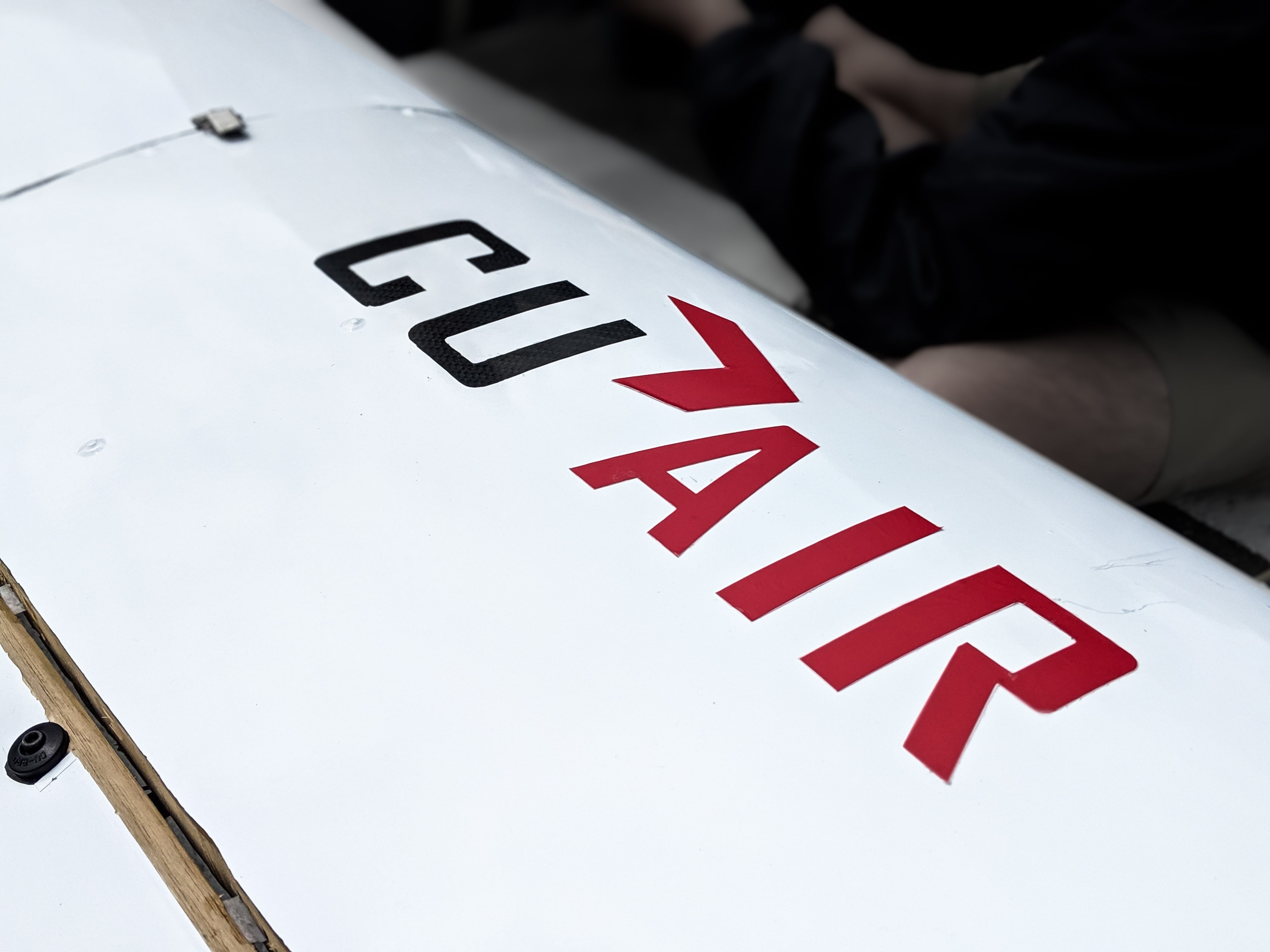
Frequently Asked Questions
Cornell Engineering Project Teams mimic real-world engineering by bringing Cornell students, faculty, and staff together to solve complex problems in team-based settings. Breaking the rules of conventional wisdom is not foreign to Cornell's engineers and the spirit of innovation is alive and well in our state-or-the-art labs and workshops. Many project teams compete regionally, nationally, and internationally in engineering design and build competitions and/or travel the globe for service learning projects and programs.
Nope! This is a learning experience, so we are looking for your potential to learn and grow, not how much you already know.
We understand that not everyone has had the same opportunities in high school. We ask about previous experience, like high school robotics, only as an indicator of interest in pursuing team robotics. Previous experience is not required to get on the team and having background experience is not expected. Resumes or supplementary materials are optional in the application process.
If you are applying to a software subteam, the exception is that you know the basics of programming logic in at least one language (even if that language is Scratch). This way, we know you enjoy programming and are confident in your interest to learn more about it and its application to UAS technology.
See the above timelines to find info session dates and locations. Feel free to come to any of the sessions, no sign-up necessary, and bring your friends! You can also chat with CUAir members and learn about what we do at Project Team Fest. Fill out the interest form to stay up to date with CUAir recruitment information.
Please email us at cuair.mae@gmail.com with any questions. We look forward to seeing you at our events!
As an engineering project team, there are no monetary requirements to join or participate.
Nope! Members' majors have spanned most of the engineering majors as well as non-engineering majors like AEM, Math, and Government. We are looking for people that have a genuine interest in and excitement about UAV/UAS technology. The only requirement is that you are an undergraduate student at Cornell University, passionate about learning and building.
Applicants will be allowed to apply to up to two of the following: hardware, electrical, design and operations, and software. After reviewing applications, we select several applicants to interview. Typically, two members of a subteam will conduct a 20-30 minute interview with each applicant. The interview consists of a few getting-to-know-you questions, followed by some puzzle-based, logical, or technical questions pertaining to the subteam. We try to allow a few minutes at the end for you to ask questions.
We primarily do recruiting in the fall. Occasionally, we also do a small round of recruiting in the spring.
You can! However, please keep in mind different project teams have different recruiting schedules and decision deadlines, and you may have to decide whether to join or decline a team before you receive all of your decisions. Acceptance of an offer from one project team necessarily means withdrawing all other project team applications.
CUAir members typically spend anywhere between 9 and 15 hours a week on the team. Starting your first full semester (spring) as a team member, you can spend as much time as you like, but we ask that each CUAir member be willing to spend at least 9 hours per week on work for the team. This directly translates to the 3 credit hours that team members receive for CUAir as a class. We find that team members often fall in love with the project they're working on for CUAir and need to be reminded to spend time studying!
CUAir has historically been a close-knit team that fosters an energetic and open atmosphere. It is common for team members to become close friends, with many members spending time with each other outside of our work. Throughout the course of their time on the team, members work closely with their sub-team members and as a result, typically get to know them very well. The team consistently has team-wide events, such as team dinners and sub-team mixers, as well as fun informal activities (for example, last year we held a CUAir-lympics where sub-teams competed in a series of team bonding events).
The team also has a history of nurturing diverse and skilled engineers. CUAir members and alumni work at large companies, like Google, SpaceX, and Facebook, as well as at mid-sized companies and start-ups. As a result, we provide a diverse and close network of career and professional advice for current undergraduate members. The team hosts career-building activities, such as resume reviews and mock interviews, to not only foster talented students but also engineers who will go on to have successful careers beyond undergraduate education.
The Airframe subteam works on aerodynamic-focused and large-scale design projects, including the wings and tail. The Structure and Payloads subteam works on numerous individual system integration and human interaction focused design projects, including the fuselage and internal systems, the camera gimbal and airdrop subsystem, and ground systems such as the antenna tracker.
Both teams focus on technical designs using similar manufacturing techniques. They both use an iterative design process that utilizes rapid prototyping, and leverages composite materials to make a structural yet lightweight aircraft. The teams work collaboratively through all stages to create a cohesive and cutting edge UAV system.
Please don't hesitate to contact us at cuair.mae@gmail.com if you have any questions! We will hold several information sessions before the application deadline and attending an information session will help you in the application process. To stay up to date with what we are doing, like us on Facebook, follow us on Twitter, Instagram, or send us a telegraph! I know what you're thinking. Who uses Twitter anymore?
